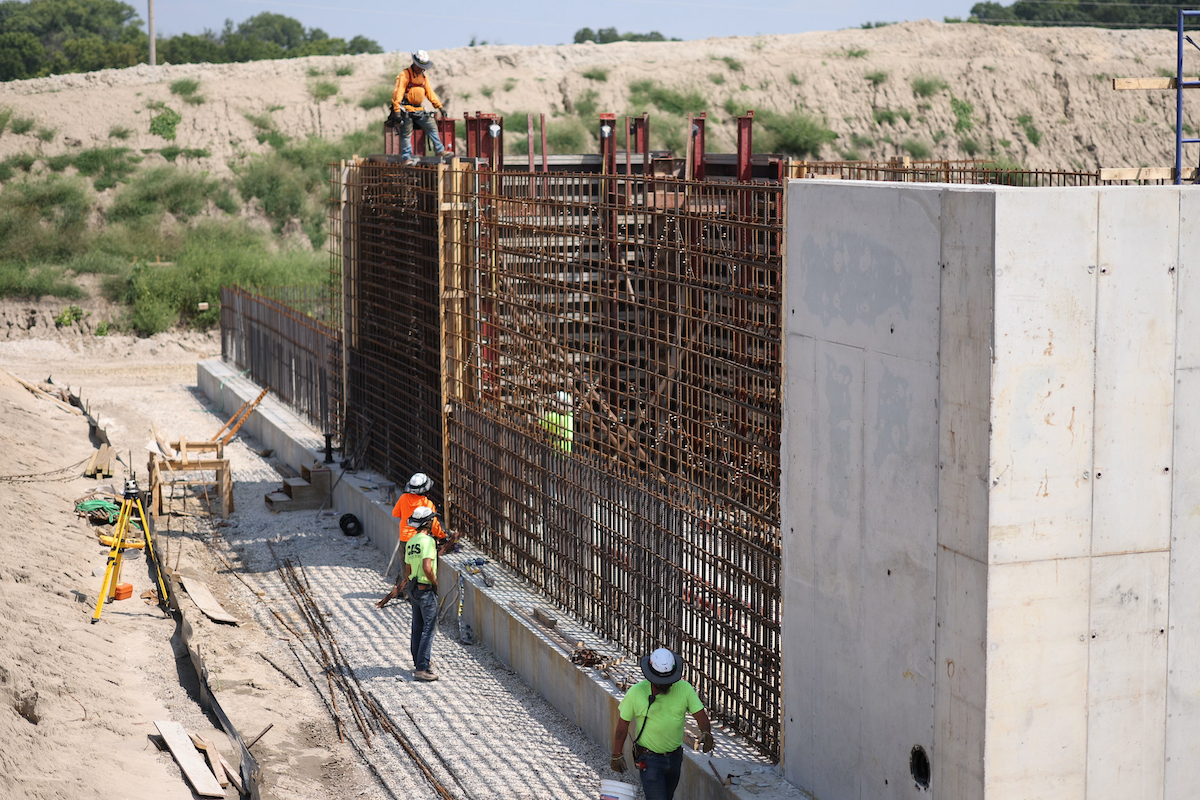Additionally, bike racks, bus access, bike network connections and a walkable urban base provide a solid transit-oriented urban design solution.
Numerous design decisions contributed to the Gold-level rating; the building was designed to achieve specific performance achievements, including the following:
- 23.8 percent energy use reduction compared to ASHRAE 90.1.2010 baseline
- 68 percent Energy Use Intensity Reduction compared to the regional average
- 31 percent indoor water use reduction
- 87 percent outdoor water use reduction
- Lighting Power Density that is 38 percent better than code
“What we were able to achieve with this building illustrates the importance of engaging all parties early in the design process,” said Michaella Wittmann, Sustainability Director for HDR. “We worked closely with Noddle Companies, our developer partner on this building, to ensure that we maximized the opportunities to implement innovative green building strategies within the construct of a speculative office building typology. They embraced our desire to design a new headquarters building that promotes the health and well-being of our staff. We were able to infuse continuous improvement and rigor into the design approach to achieve holistic, high performance design.”
A handful of the design strategies adopted by the team included: a chilled beam system for increased energy reduction, improved comfort, decreased floor-to-floor height, few air handling units and less shaft space; a high performance envelope featuring a 44 percent window-to-wall ratio; light occupancy sensors and daylight controls that help achieve a calculated lighting power density of 0.6 watts per square foot or lower; low-flow fixtures; and documented Environmental Product Declarations (EPDs) for 41 different installed products, totaling 53 points in weighted EPD value, with 25 percent of materials sustainably sourced.
Earlier this year, the building received the highest possible Fitwel rating of 3 stars. Fitwel is an evidence-based design standard that enables positive impacts on employee and resident health through improvements to design and operations within buildings. Fitwel was developed by the U.S. Centers for Disease Control and Prevention and the U.S. General Services Administration and is operated by the Center for Active Design.





































































